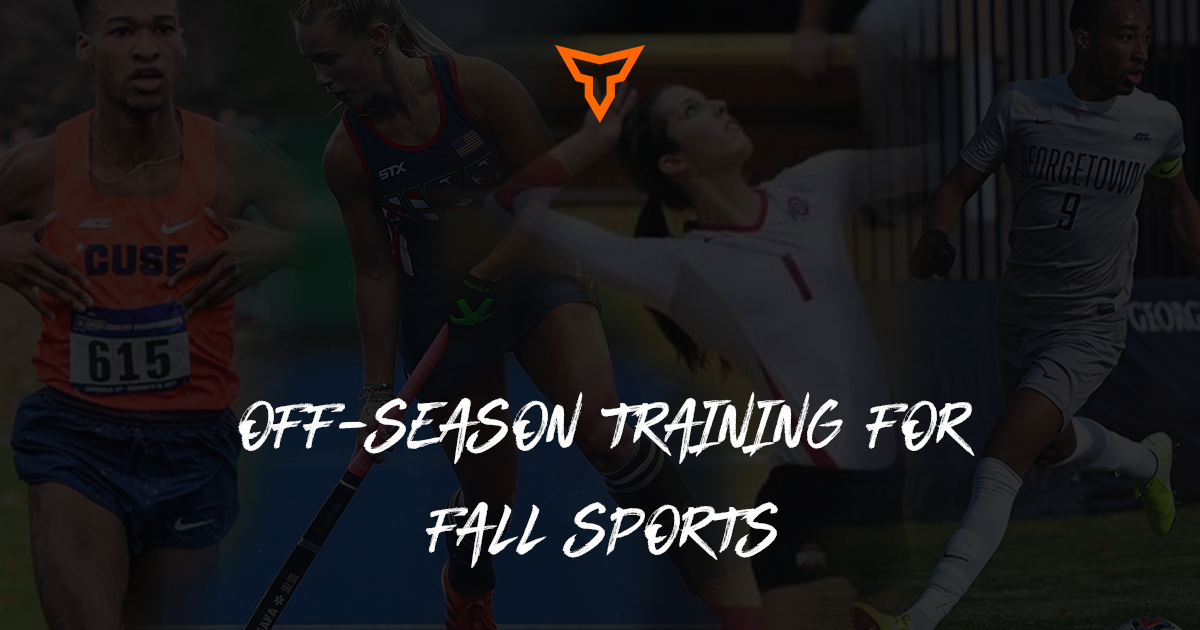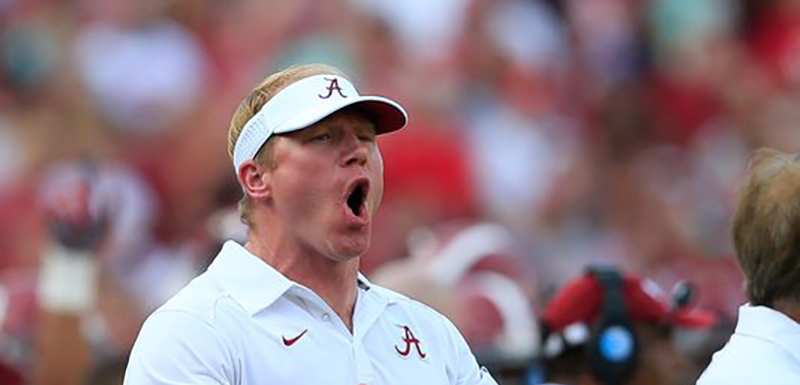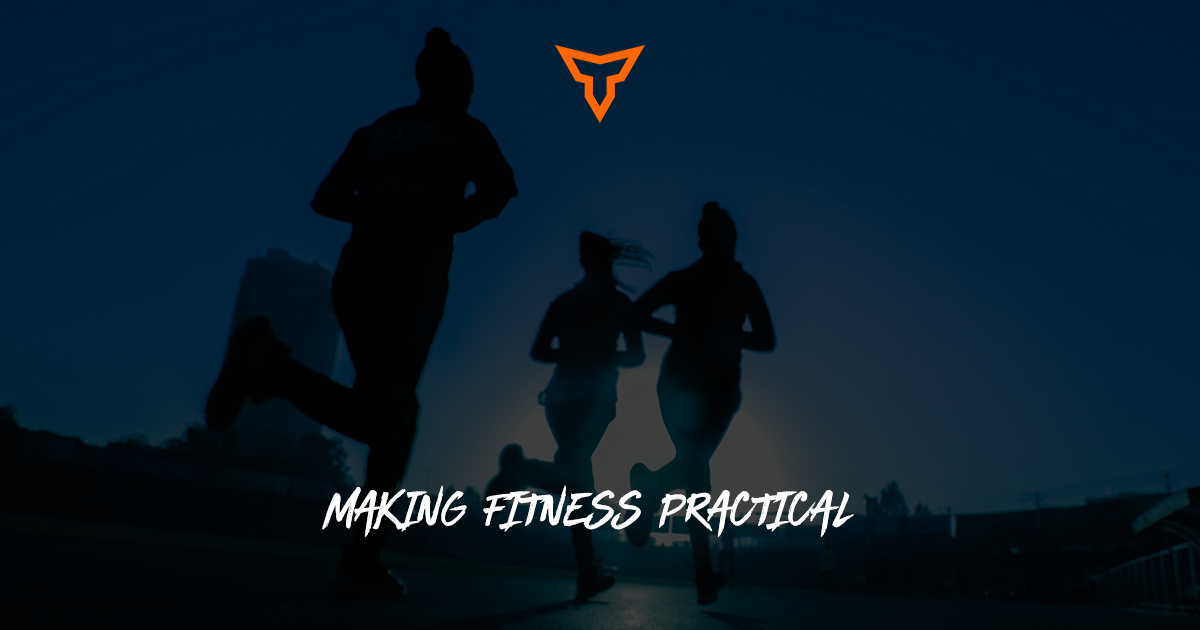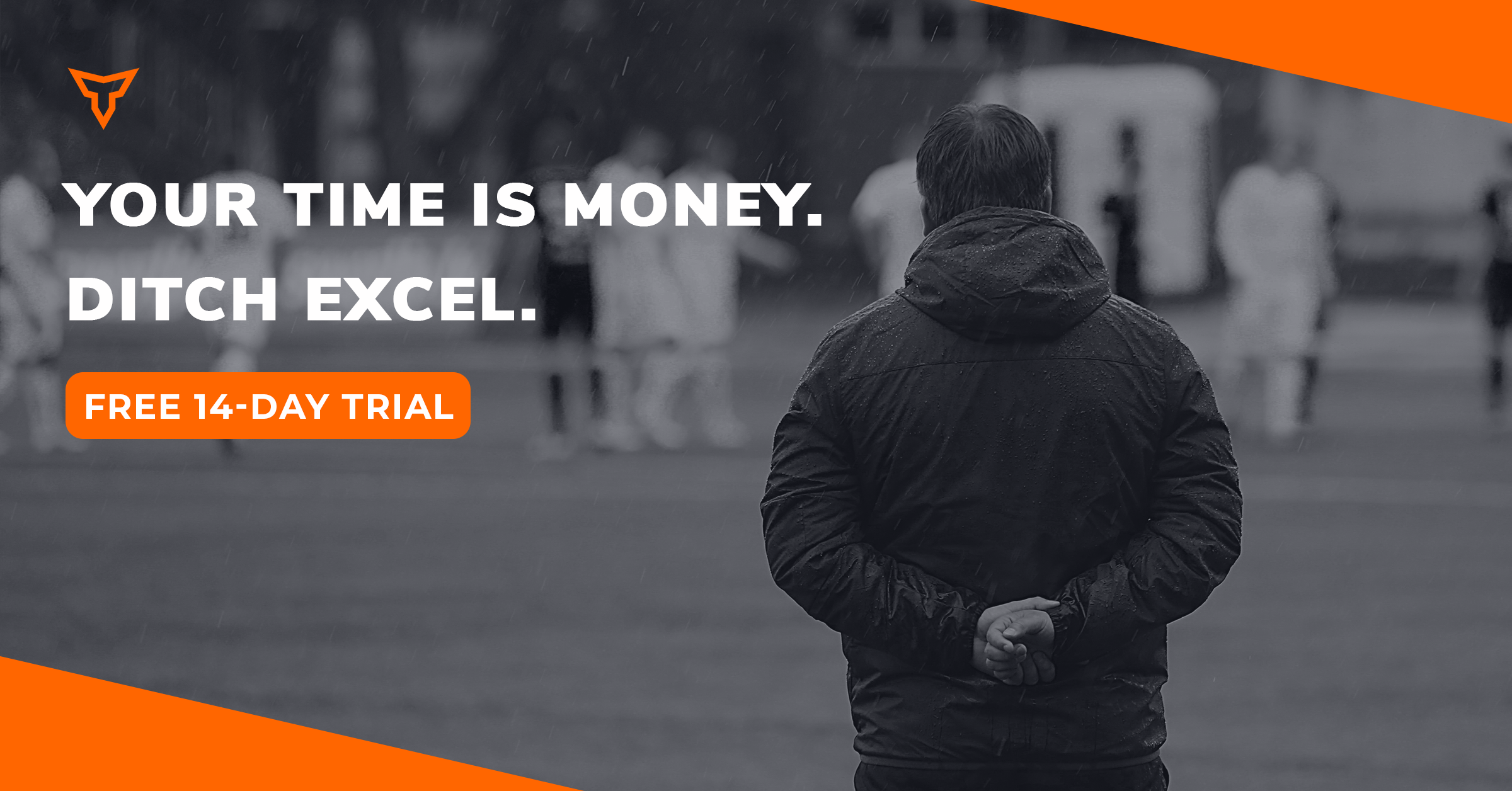Now that the high school, college and most professional basketball seasons have ended, basketball off-season is officially underway! This is personally my favorite training period of the year because of my love for the game of basketball and the impact that I’ve seen strength & conditioning have in this sport.
Football and S&C go together like peanut butter and jelly. It’s now pretty standard to associate a football program with having a strength program. Unfortunately, I do not feel that I can say the same for basketball. Sure, it’s getting better and way more prevalent than ever – but there is still a gap that needs to be closed.
In my experience as a player, basketball coach, and strength coach, I’ve noticed that many players do not optimize their basketball off-season workouts with productive activity. I’ve also noticed that young hoopers are very prone to early sport specialization.
A 2015 NCAA Division 1 study showed that 49% of the current D1 basketball players at that time specialized in basketball by the age of 12. A recent USA Today study concluded that high school basketball players suffer more injuries per year (119,589) than any other sport. In my opinion, it’s a direct connection between the early specialization and high risk of injury.
For example, high school football – which is a drastically more physical sport than basketball – suffered less injuries per year than basketball (USA Today) and had less early specialization (33%, NCAA) despite being a more contact-driven sport and having similar athletic demands of the sport.
Bottom line is I think basketball players can benefit tremendously by finding the balance of court time and weight room time pre, during and post-season. For this reason, having a well-rounded basketball off-season plan is essential. Since it’s off-season time, here are things I truly believe will set your athletes apart from the competition.
#1. Be Available
Step 1, it’s easy… be available. There’s an old saying one of my coaches used to tell me: “If you stay ready you never have to get ready.” Well, if you can’t get ready in the first place then you wont ever be able to stay that way.
This first focus is all about making the athlete available to train. Heal up all nagging injuries. Get the body and mind right, first and foremost.
Start an off-season program pain-free and if that costs a player a month of skills training, then so be it. Continuing to play through injuries, especially at the non-pro level, is only going to compound into larger issues that are harder to resolve. Invest the time now.
#2. Individualized Strength Emphasis
The second focus that can really go a long way for a basketball player is a truly individualized approach to building pure strength. So much of what a basketball player needs – power, speed, agility – is derived from one common denominator; being strong.
My message to my basketball guys in the summer: Just get stronger. Become a more athletic human. Try to become a bigger, faster, stronger, healthier and more durable version of what you used to be.
Too much focus is put into improving specific basketball skills via the weight room. Players want to jump higher, have a more explosive first step or move their feet faster on defense so they mimic these movements against load and expect to get results.
For the vast majority of people, none of those things are possible without a solid foundation of strength. Strength can allow you to achieve those things in the biggest bang-for-your-buck timeframe.
#3. Practical Conditioning Options
Next, I think practical conditioning methods are key for maximizing the off-season. Sure, you want to get your fair share of on-court action, but also develop those energy systems off the court as well.
A basketball player needs alactic-anaerobic development. A real game situation may need to explode for 3 seconds, jog for 30 seconds, walk for 15 seconds and then sit and rest for one minute. That’s a dunk, getting back on defense, other team calling a timeout and the athlete walking to the bench for the full timeout.
Simply running suicides, mile time trials and bleachers isn’t going to cut it. Conditioning for a basketball player requires a solid general foundation of fitness and aerobic capacity, explosive circuits and, well, actual basketball games. The good news is that a lot of basketball conditioning can be done with a ball on a court, so this will help create buy-in from the athlete who may be skeptical of not playing in 5-7 sloppy AAU games every weekend.
#4. On-Court Skill Development
I feel like I may have come off as anti-AAU or anti-skills-training in the first three points, so I do want to make sure that I convey how much I believe both of those things can actually be beneficial.
Too much of anything can still be a bad thing. So, like I mentioned before, a balance is vital for success. The three points above – health, strength and conditioning – will all make someone a better athlete.
A better athlete has more potential to become a better basketball player.
This is where the specific skills of the game come into play. Being athletic is one piece, then adding actual skills to the recipe can take it to the next level. Just make sure that both are appropriately programmed and implemented.
#5. Non-Physical Preparation Skills
Lastly, a final focus for basketball players to milk the off-season for all it’s worth, is the non-physical aspects of the sport – and life. Encourage athletes to skip out on the Fortnite and partying to instead watch film, volunteer in the community or read some books [about the sport].
Fine-tuning the mental and emotional side of a player can enhance all the physical adaptations that they worked on all summer long.
These 5 focuses could make a world of difference in a basketball off-season. In implementing any of these things, just be conscious of the needs of the athlete, their current experience level and finding a nice balance to help propel each person to their next level.
Subscribe to our blog
Subscribe to receive the latest blog posts to your inbox every week.
Related posts

Off-Season Training for Fall Sports

Scott Cochran's Record-Breaking Contract is Good For All Strength Coaches



